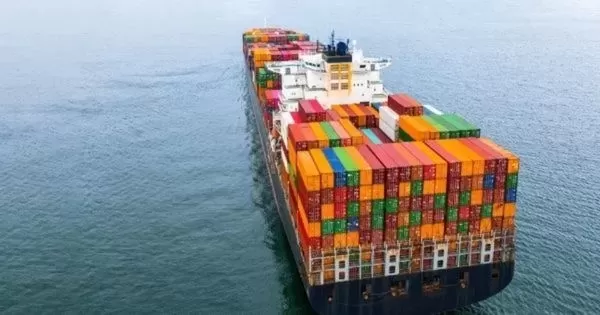Ex-Asia Ocean Freight Rates See Easing
Ocean freight rates from Asia eased slightly in early September due to lower peak season demand, but challenges remain in the global shipping landscape.

Global ocean freight rates from Asia eased in early September as the peak shipping season came to an end. While rates to Northern Europe remain significantly above pre-pandemic levels, they are down 10% from their peak in July. A similar trend is seen in the Mediterranean, where rates have fallen 19%.
In the trans-Pacific trade, a potential dockworkers strike on the US East Coast is causing uncertainty and could impact rates that have eased slightly in the region. However, rates remain close to their July peak. Meanwhile, the West Coast is seeing rates rebound, likely due to cargo being diverted due to the impending strike.
Increased competition, particularly from smaller carriers offering discounts, is also putting downward pressure on trans-Pacific rates. If the major carriers follow suit, further reductions can be expected.
Despite these trends, demand remains strong, particularly on the West Coast. Some carriers are even scheduling additional sailings in preparation for the shift away from the East Coast. However, recent flooding disruptions in India are causing backlogs at Mundra Port, highlighting ongoing weaknesses in the global supply chain.
Congestion at East Asian ports remains a concern, although improved transshipment of containers is helping to manage wait times.
In air freight, cross-border e-commerce continues to drive demand, keeping rates high even in the off-peak months.
Overall, the modest decline in ocean freight rates signals a potential market shift as peak season demand eases. However, ongoing challenges such as port congestion, labor disputes and geopolitical instability continue to impact the global shipping landscape.
Source: Phaata.com
Phaata.com - Vietnam's First International Logistics Marketplace
► Find Better Freight Rates & Logistics Services!






























.webp)










.webp)